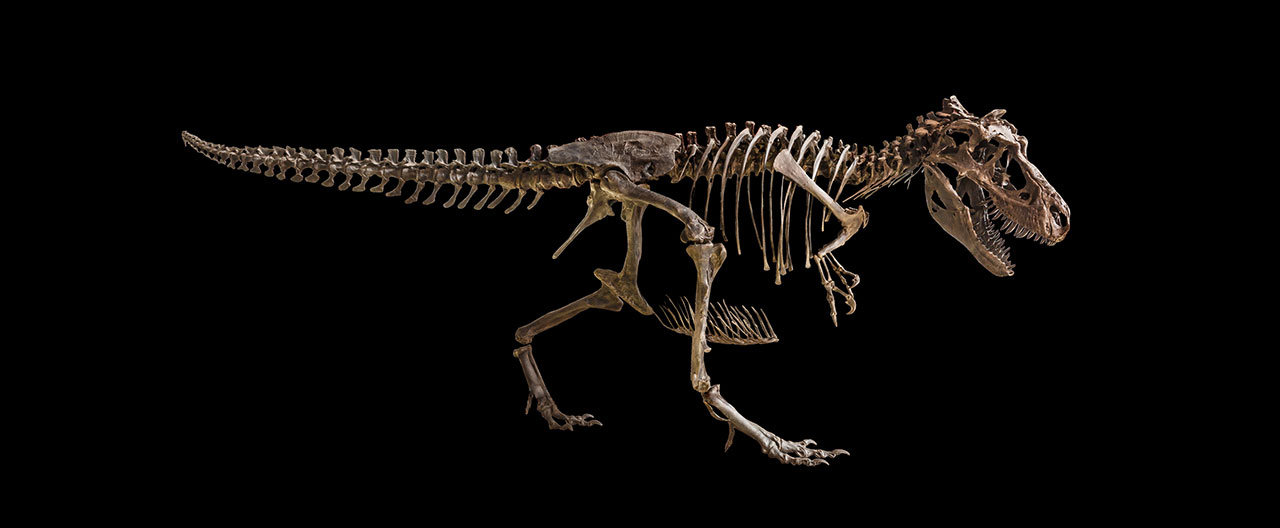- Individuals & Families
- Businesses
- Agents & Brokers
- Embedded Insurance

Chubb ranked #1 for Customer Satisfaction with the Home Insurance Claims Experience

Chubb ranked #1 for Customer Satisfaction with the Home Insurance Claims Experience

Chubb ranked #1 for Customer Satisfaction with the Home Insurance Claims Experience

Chubb ranked #1 for Customer Satisfaction with the Home Insurance Claims Experience
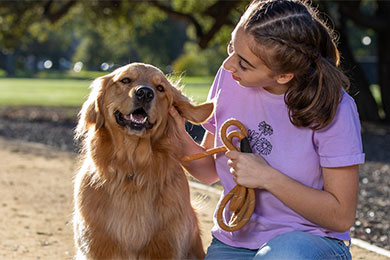
Because pets are family, Chubb now offers pet insurance with top-rated coverage from Healthy Paws.

Chubb offers the insurance protection you need for travel’s many “what ifs”.

Chubb protects small businesses at every stage – from newly formed start-ups to long-time anchors of the community.

Stay ahead of cyber threats with our free Cyber Claims Landscape Report.

Learn more about our dedicated learning paths, Online Learning Center, and more.

Many digital-savvy consumers look for it as a core or add-on option.

Many digital-savvy consumers look for it as a core or add-on option.

Many digital-savvy consumers look for it as a core or add-on option.

Chubb’s in-house technology makes it easy to integrate what we do into your customer experience.
-
About
-
Claims
-
Login & Pay Bill
For Agents & BrokersFor Travel Advisors
-
Back
The largest Pteranodon skeleton ever to be offered at auction sold at Sotheby's for $3.9 million in July of 2023 and moved into the top five most valuable fossils of all time.1 If you're thinking about collecting rare and fragile fossilized specimens, you'll want to ensure they are well protected and insured. Here are some recommended best practices for packing, handling, and installing these unique specimens.
Packing
Custom crates with Tyvek lined fiber fill, soft and hard foam cavities, and custom interior straps and/or braces, inner boxes or trays is recommended for packing. Work with your fine art handler to determine in advance whether it may travel on its custom mount or disassembled.
Transit
The art handler’s truck needs to have dual driver, alarms, air-ride suspension, GPS tracking and a cargo lift gate. Riding the crates on additional foam feet or shock absorbing bumpers would be warranted. Shock Watches and Tip and Tell sensors added to crates can alert you to potential mishandling during shipment. Delivery may require ramping into the home making sure to protect floor and doorway surfaces. Pallet jacks and 4-wheel dollies are standard delivery equipment, but your fine art handler will need to visit the site and gameplan the delivery and installation beforehand to assess the manpower and equipment needs.
Unpacking
A full condition report should be done prior to packing and again once delivered and uncrated with photographs to confirm no damage occurred during packing/transit. It’s also a good idea to retain the custom crates and store for future re-use.
Handling
Gloved hands (nitrile or cotton) when in contact with custom mounts and fossils are ideal but, in some cases, they can get in the way and some cotton gloves can snag/imprint on textures. In such situations, fossil handling without gloves is acceptable if hands are clean.
Install
Specimens should not be displayed outdoors or in basements, garages or unfinished/non-climatized areas within the home. It is also recommended displaying out of direct light unless windows are coated with UV film or it’s within a UV coated plexi-glass or glass case. If the item is too large for a custom plexi-glass or glass display case, placement away from traffic and away from water sources will be even more critical. Central station smoke detection and motion sensors nearby further keep the specimen safe. If there are other skeletal fragments that accompany the specimen, they should be stored in their packaging in climate-controlled storage with a fine art warehouse if not to be displayed. At home storage could also be an option but again you’ll want to avoid the basement, garages, or attic spaces. It will also be best to keep any off-display specimen fragments packed inside their custom crates (or at least within inner box(es)) in a walk-in closet or storage room, if possible.
Ongoing care
Review ongoing care instructions provided by the seller or auction house. Ensure all housekeeping staff have been provided with instructions to never touch or clean the specimens. A local object conservator should be retained to establish a regular inspection and cleaning plan.
Don’t forget to update your insurance policy and inventory as you acquire new pieces or when the value of your collection changes. Chubb also provides recommendations to vetted collection management vendors including fine art handlers, shippers, art warehouses and conservators.
Insights and expertise

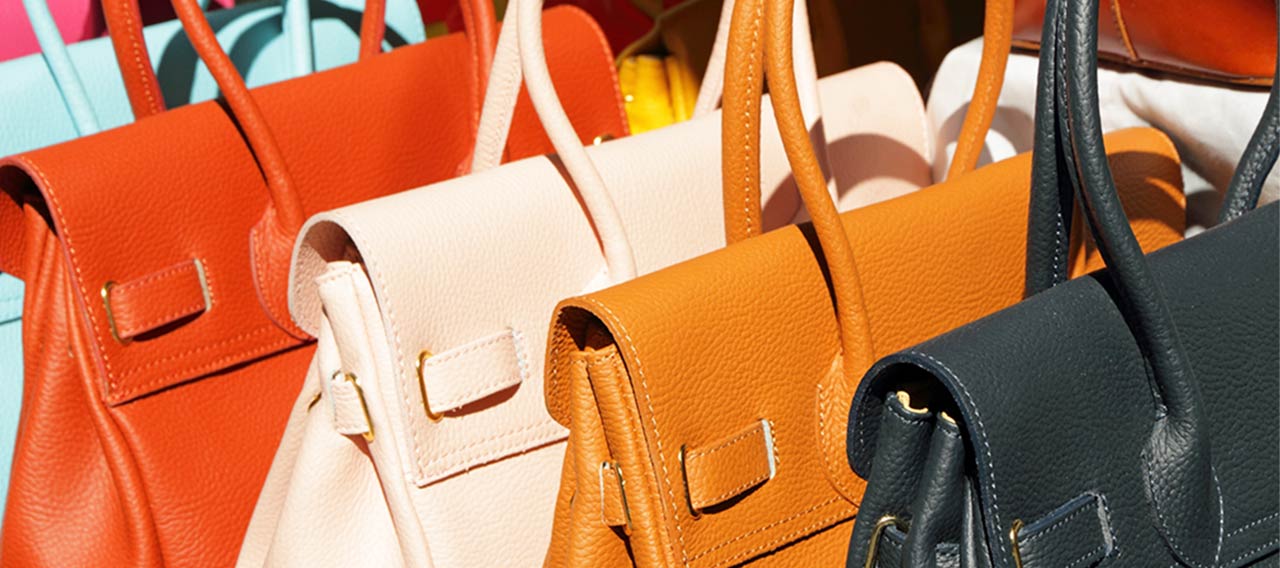
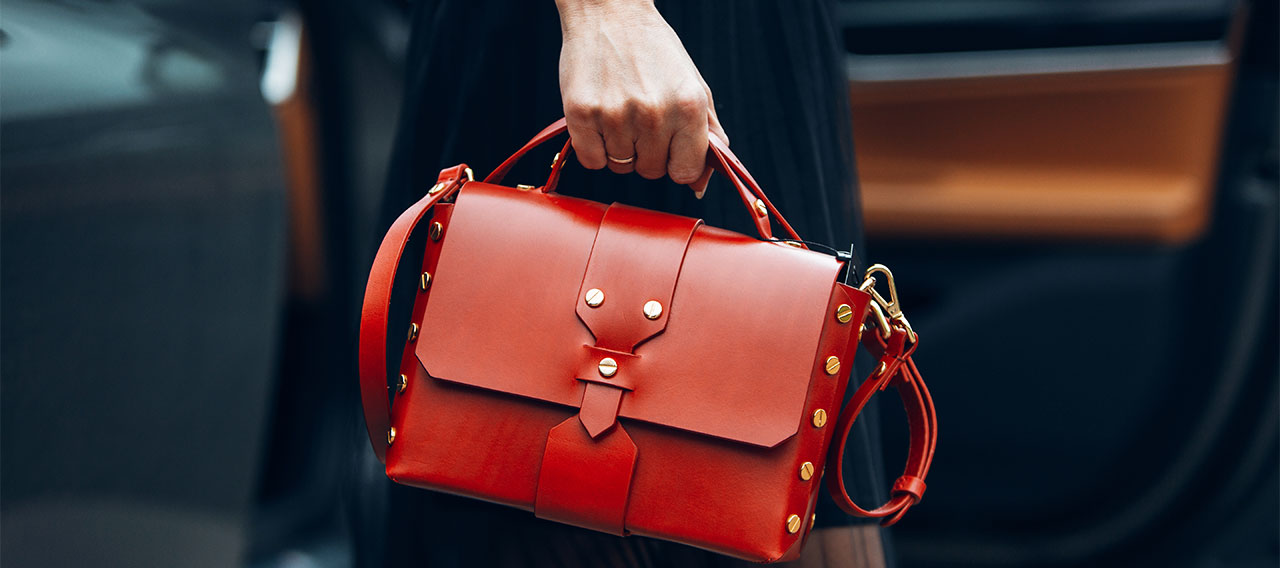
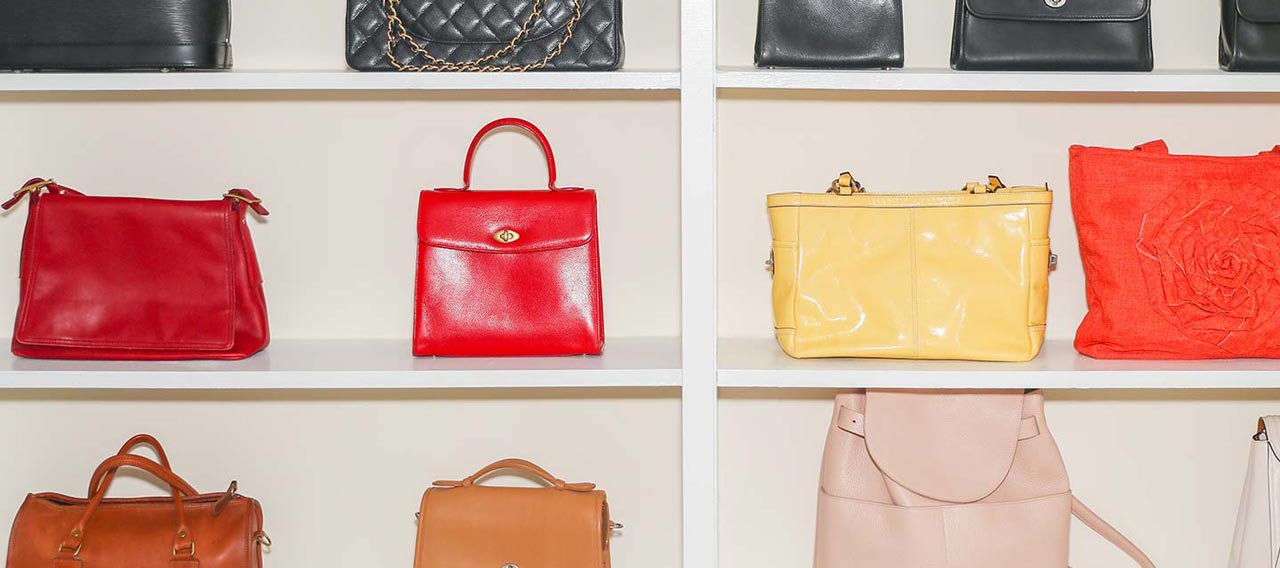


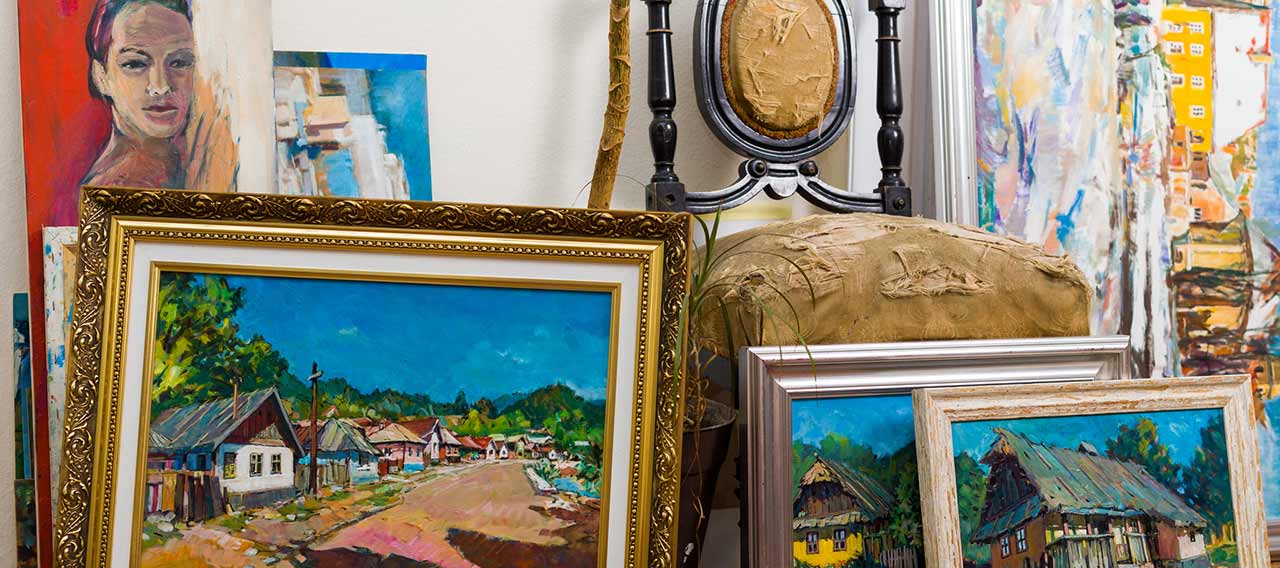

Get a personal insurance quote
Work with an independent agent to get personalized insurance solutions.
This document is advisory in nature and is offered as a resource to be used together with your professional insurance advisors in maintaining a loss prevention program. It is an overview only, and is not intended as a substitute for consultation with your insurance broker, or for legal, engineering or other professional advice.
Chubb is the marketing name used to refer to subsidiaries of Chubb Limited providing insurance and related services. For a list of these subsidiaries, please visit our website at www.chubb.com. Insurance provided by ACE American Insurance Company and its U.S. based Chubb underwriting company affiliates. All products may not be available in all states. This communication contains product summaries only. Coverage is subject to the language of the policies as actually issued. Surplus lines insurance sold only through licensed surplus lines producers. Chubb, 202 Hall's Mill Road, Whitehouse Station, NJ 08889-1600.


